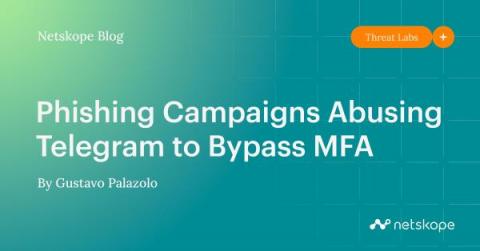CTI Roundup: Skuld Malware Steals Discord Data From Windows PCs
Chinese hackers use DNS-over-HTTPS for Linux malware communication, a new Golang-based Skuld malware strand steals Discord and browser data from Windows PCs, and a massive phishing campaign uses 6,000 sites to impersonate brands.











